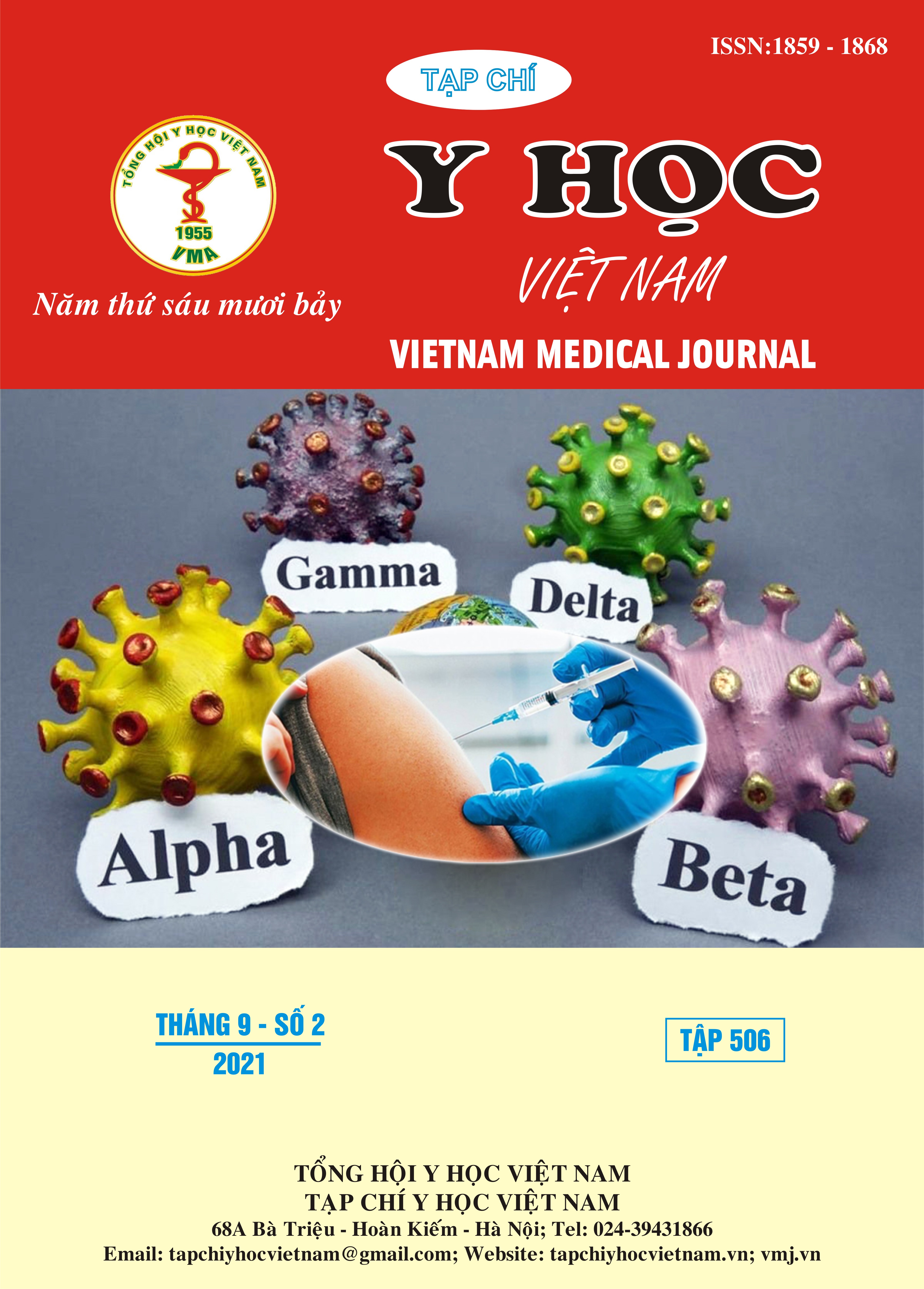EFFICACY OF TRANSCRANIAL MAGNETIC STIMULATION IN DEPRESSIVE PATIENTS AT NATIONAL GERIATRIC HOSPITAL
Main Article Content
Abstract
Objectives: To investigate the efficacy of rTMS as augmentative treatment in depressive patients. Subjects: 50 depressive patients according to ICD 10 criteria. Method: In a non randomised, controlled intervention trial in 50 depressive patients were assigned to real stimulation on the left dorso-lateral prefrontal cortex, (120%MT, 10Hz, trains of 4,05s, inter-train- intervals of 11,05s, 18’26 minutes per session, 5 session per week) (25 patients) or non stimulation (25 patients) for 2 weeks in addition to simultaneously initiated antidepressant medication. Results: The rTMS group showed a significantly faster reduction as assessed by the response rate in Beck’s Depresion Inventory (BDI) scores (p = 0.031) after the fist week, and the treatment effect is extended after 2 weeks at the endpoint (p<0.001).The combination of drugs and rTMS had a higher rate of remission, but he difference between the two groups was not statistically significant. Conclusions: These results support the efficacy of rTMS in hastening the response to antidepressant drugs in depressive patients in the fist and second week.
Article Details
Keywords
depression, left dorso-lateral prefrontal cortex, transcranial magnetic stimulation
References
2. Rossini, D., L. Magri, A. Lucca, et al., (2005). Does rTMS hasten the response to escitalopram, sertraline, or venlafaxine in patients with major depressive disorder? A double-blind, randomized, sham-controlled trial.J Clin Psychiatry, 66(12): p. 1569-75.
3. Rumi, D.O., W.F. Gattaz, S.P. Rigonatti, et al., (2005). Transcranial magnetic stimulation accelerates the antidepressant effect of amitriptyline in severe depression: a double-blind placebo-controlled study.Biol Psychiatry, 57(2): p. 162-6.
4. Horvath, J.C., J. Mathews, M.A. Demitrack, et al., (2010). The NeuroStar TMS device: conducting the FDA approved protocol for treatment of depression.J Vis Exp(45).
5. Nguyễn Văn Phi (2014).Nghiên cứu điều trị giai đoạn trầm cảm vừa bằng kích thích từ xuyên sọ tại Viện sức khỏe Tâm thần. Luận văn tốt nghiệp bác sĩ nội trú, Trường đại học Y Hà Nội.
6. Parker, C.J., K. Morgan, and M.E. Dewey, (1997). Physical illness and disability among elderly people in England and Wales: the Medical Research Council Cognitive Function and Ageing Study. The Analysis Group. J Epidemiol Community Health 51: p. 494-501.
7. Martin, J.L., M.J. Barbanoj, T.E. Schlaepfer, et al., (2003). Repetitive transcranial magnetic stimulation for the treatment of depression. Systematic review and meta-analysis.Br J Psychiatry, 182: p. 480-91.
8. Garcia-Toro, M., A. Pascual-Leone, M. Romera, et al., (2001). Prefrontal repetitive transcranial magnetic stimulation as add on treatment in depression.J Neurol Neurosurg Psychiatry, 71(4): p. 546-8.
9. Herwig, U., A.J. Fallgatter, J. Hoppner, et al., (2007). Antidepressant effects of augmentative transcranial magnetic stimulation: randomised multicentre trial.Br J Psychiatry, 191: p. 441-8.


